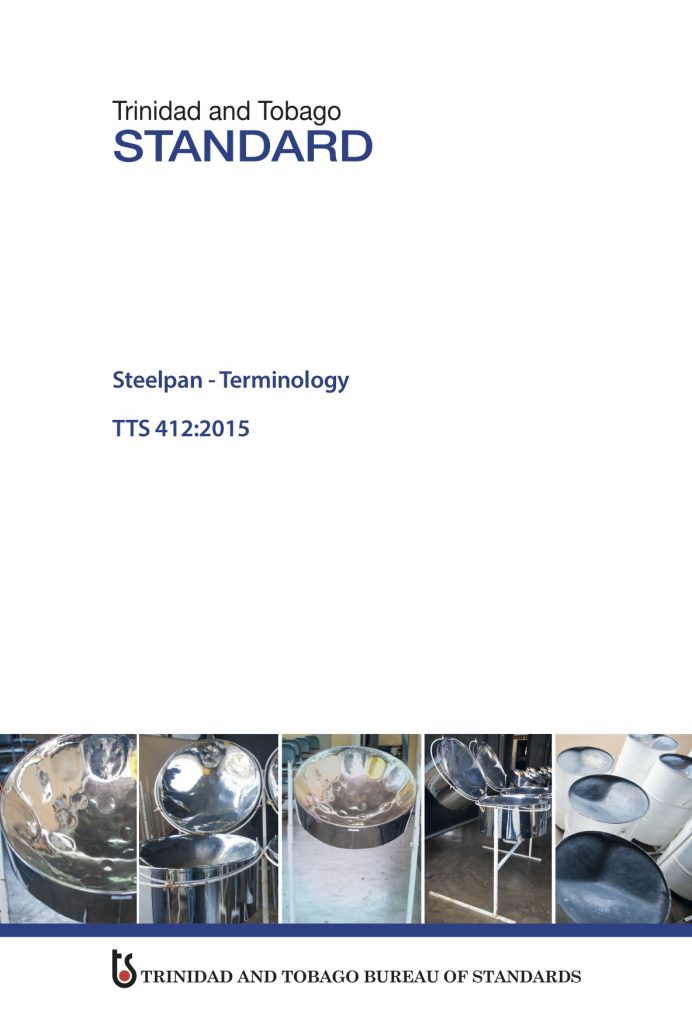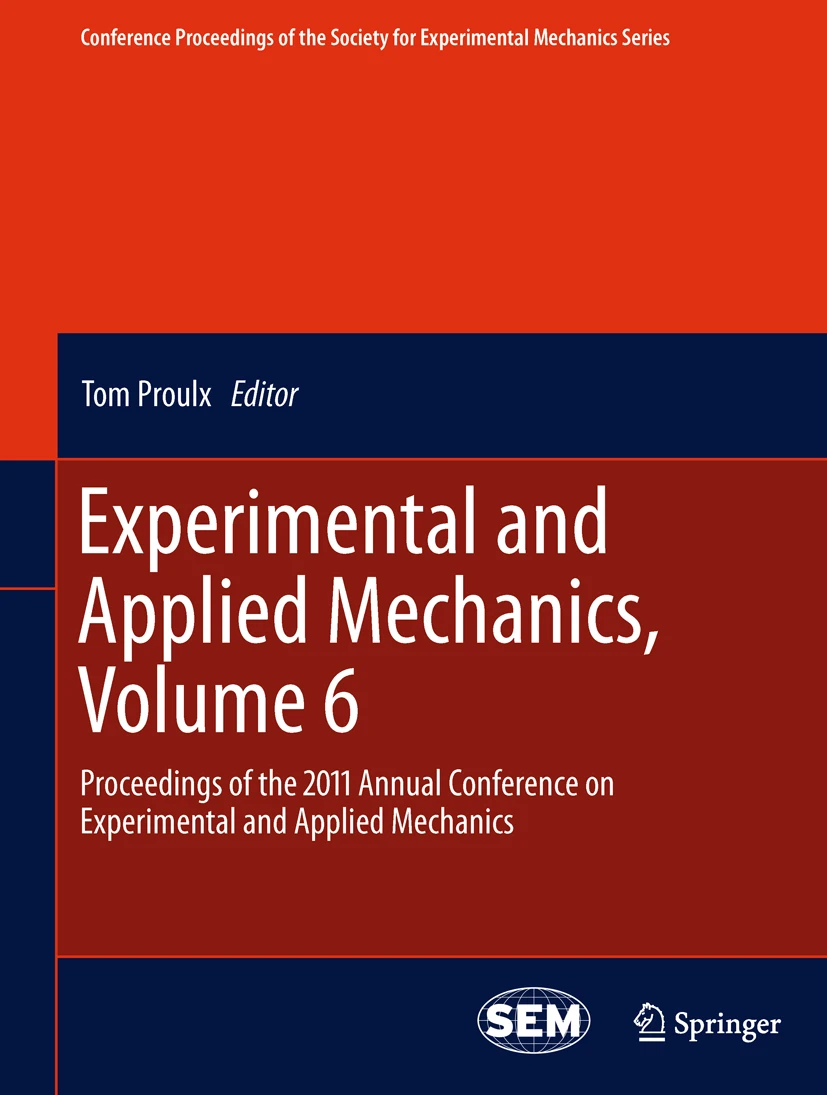Engineering Week is just around the corner, and it's a fantastic time to celebrate the ingenuity, creativity, and impact of engineers worldwide. Whether you're an aspiring engineer or already deep into your studies, this week is dedicated to recognizing the importance of engineering in shaping our world. Join us in this celebration and make the most of the resources available to you at the Alma Jordan Library.

What is Engineering Week?
Engineering Week is an annual event that highlights the contributions of engineers and promotes engineering as a vital and exciting career path. This year, it coincides with World Engineering Day on March 4th, a global celebration to raise awareness about the role of engineering in modern life and its contributions to sustainable development.
For more information on the schedule and themes, check out the official websites for World Engineering Day and Engineers Week 2024.
Dive into Engineering Literature at the Alma Jordan Library
As you engage with Engineering Week activities, don't miss the opportunity to explore some of the best engineering books available at the Alma Jordan Library. Here's a curated list of must-read titles that can provide both foundational knowledge and advanced insights into various engineering careers:
Get Involved!
Mark your calendars and get ready to immerse yourself in a week of engineering excellence. Engage in the online events via the World Engineering Day and Engineers Week 2024 websites, expand your knowledge with the recommended books, and connect with the engineering community. The future is engineered by those who dare to innovate, and Engineering Week is your platform to step up and make a difference.
Stay updated with the latest events and resources by visiting the World Engineering Day and Engineers Week 2024 websites, and don’t forget to leverage the vast resources available at the Alma Jordan Library.
Happy Engineering Week!







As engineers and future engineers, you play a vital role in shaping a sustainable future, and Plastic Free July is an excellent opportunity to step up to that challenge. This global movement encourages millions of people to refuse single-use plastics and as engineering students and faculty, your insights can amplify its impact through research, innovative solutions and conscious consumption.
Plastic pollution is a growing crisis. In 2023, over 89 million participants across more than 190 countries took part in Plastic Free July, leading to a reduction of 240 million kilograms of plastic consumption globally (Plastic Free Foundation, 2023). While this achievement is monumental, the reality is that plastic pollution is projected to triple by 2040, if not urgently addressed (Plastic Free Foundation, 2023). As engineers, your expertise in materials science, waste management and innovative design could be instrumental in this fight.
The Role of Engineers in Reducing Plastic Pollution
Engineering plastics are among the most used materials in high-performance applications such as heat and chemical resistance, mechanical strength and flame retardance (Yildizhan, 2021). However, addressing plastic waste involves reducing both commodity and engineering plastics. Mechanical recycling offers one pathway, yet it requires innovations to improve material quality post-recycling. By finding ways to enhance the recyclability of engineering plastics, you can contribute to more sustainable production methods (Rabiu and Jaeger-Erben, 2023).
Resources at the Alma Jordan Library
The Alma Jordan Library is an invaluable resource for those interested in the science and impact of plastics. You can access the Library's online catalogue UWIlinC to search for research materials on engineering plastics, their impact on the environment and sustainability practices to aid in improving recycling processes.
Selected Books and Journal Articles
Plastics Engineering (4th Edition)
Crawford, R. J.; Martin, P. J.
2020
Plastics and the Environment / edited by R M Harrison, R E Hester
R. M. Harrison editor.; R. E Hester (Ronald E.) editor.; R Khester
2019
Brydson's Plastics Materials (8th Edition)
Gilbert, Marianne
2016
Manufacturing of Nanocomposites with Engineering Plastics
Vikas Mittal
2015
Closed‐Loop Recyclable Poly(ester‐disulfide)s for Potential Alternatives to Engineering Plastic
Chen, Meng ; Yang, Rulin ; Wu, Huiping ; Wang, Qian ; Shi, Chenyu ; Zhou, Shang‐Wu ; Yang, Ding ; Liu, Fang‐Yu ; Tian, He ; Qu, Da‐Hui
Angewandte Chemie International Edition, 2024-08, p.e202409200
Sustainable Waste Management of Engineering Plastics Generated from E-Waste: A Critical Evaluation of Mechanical, Thermal and Morphological Properties
Jaidev, K. ; Biswal, Manoranjan ; Mohanty, Smita ; Nayak, Sanjay K.
Journal of polymers and the environment, 2021-06, Vol.29 (6), p.1763-1776
By taking part in Plastic Free July, not only can you reduce your own plastic use but you can also be part of the solution through research, innovation and action. To learn more visit https://www.plasticfreejuly.org/
References
Plastic Free Foundation. 2023. Plastic Free July Impact Report 2023. Fremantle: Plastic Free Foundation.
Yildizhan, Fatih Selim. 2021. Engineering Plastics: Market Analysis and Recycling Methods.
Rabiu, Mubarik K., and Melanie Jaeger-Erben. 2023. "Reducing Single-use Plastic in Everyday Social Practices: Insights from a Living Lab Experiment." Resources, Conservation & Recycling 200: 107303.